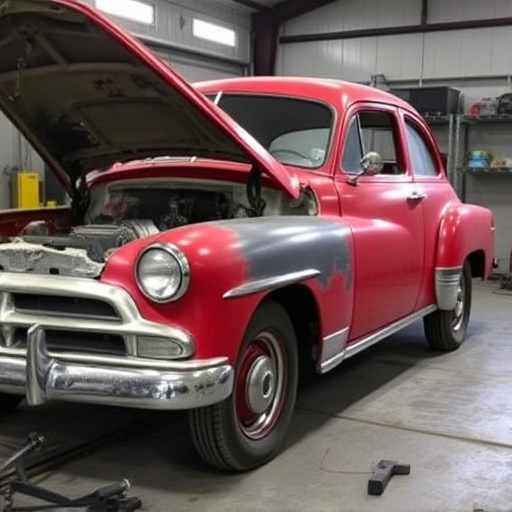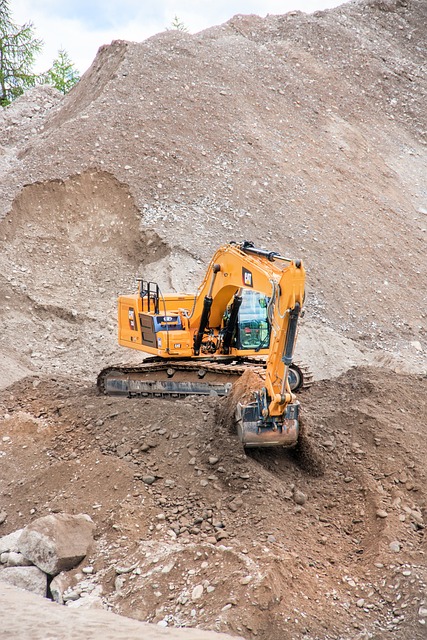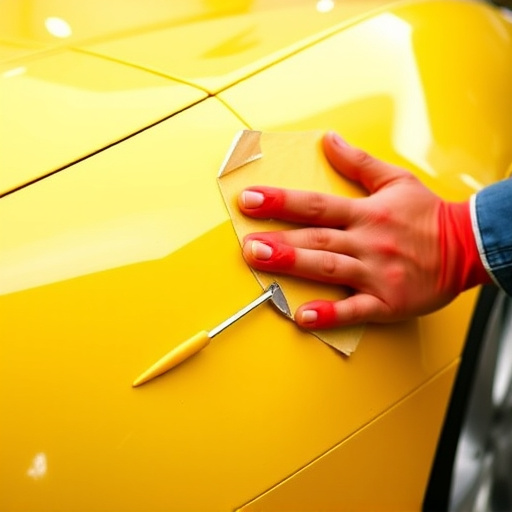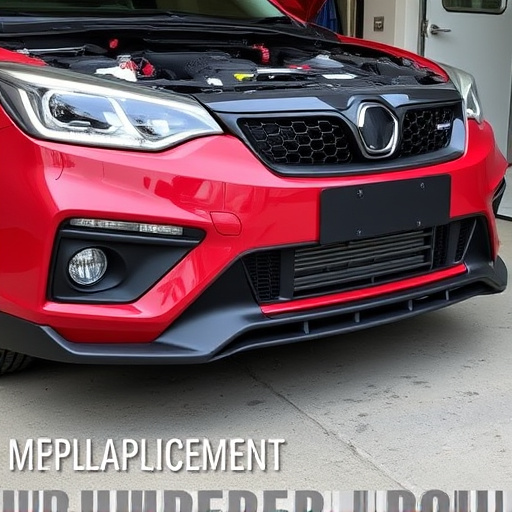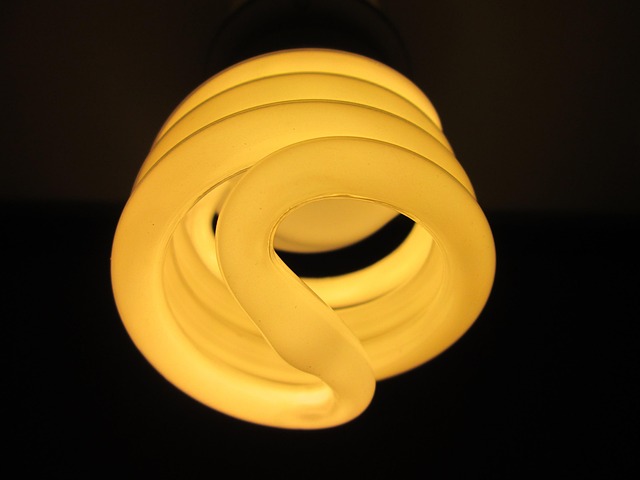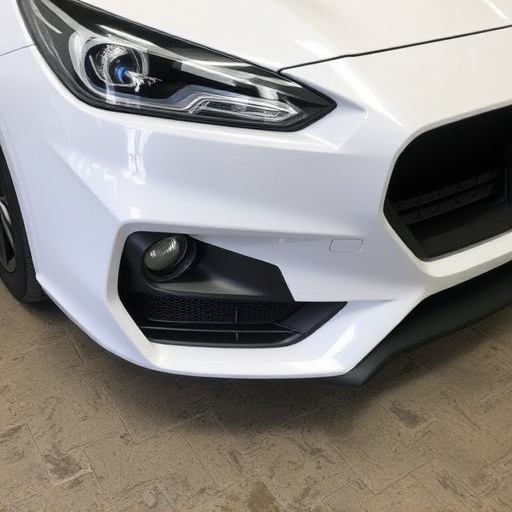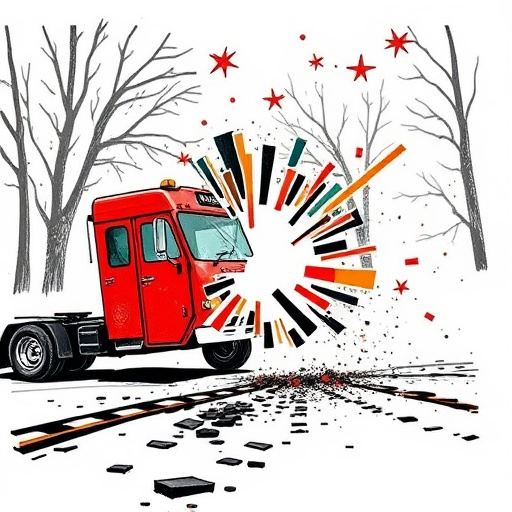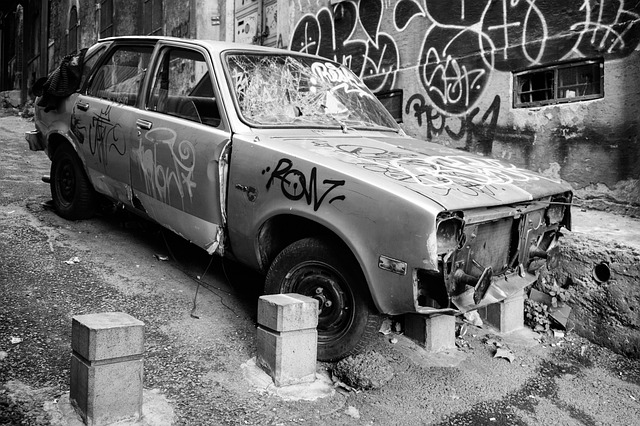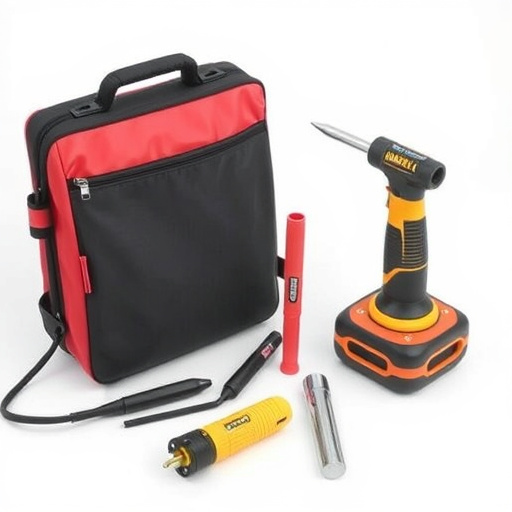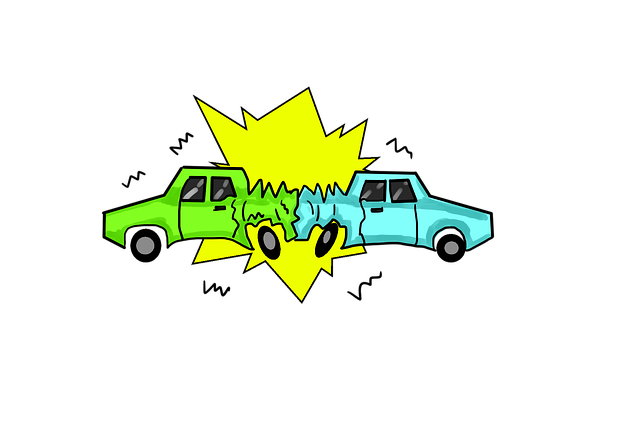Post-crash rattling sounds from your vehicle's exhaust system require immediate professional exhaust system collision repair to prevent safety and performance issues. Inspect for damaged hangers, mounts, and mufflers; replace cracked or bent parts; realign and reinforce as needed; then test drive for smooth operation. Prompt action ensures reliable post-crash driving.
After a car crash, unusual noises like rattling exhausts can signal underlying damage. This article guides you through understanding and addressing exhaust rattles post-accident. We’ll delve into diagnosing the source of the noise, offering crucial insights for effective exhaust system collision repair. By following these steps, you can ensure your vehicle’s safety and performance, eliminating pesky rattles that may arise from a crash. Learn how to navigate this process efficiently, emphasizing prompt action for comprehensive exhaust system collision repair.
- Understanding Exhaust Rattles After Crashes
- Diagnosing the Source of the Noise
- Steps for Effective Exhaust System Collision Repair
Understanding Exhaust Rattles After Crashes
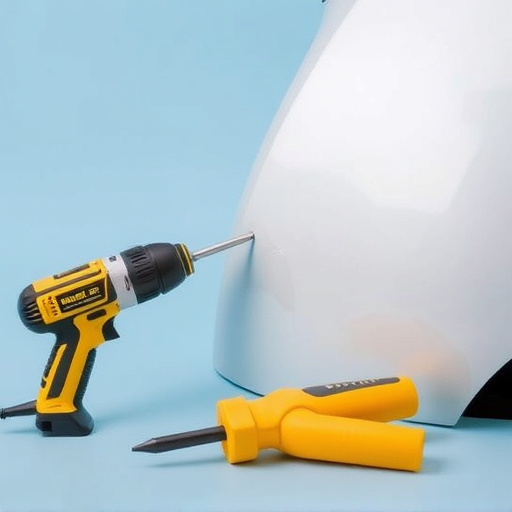
After a crash, it’s not uncommon to hear strange rattling sounds coming from your vehicle, particularly from the exhaust system. This phenomenon is often caused by damage to various components during the collision. The exhaust system, including its hangers, mounts, and muffler, can sustain injuries that result in these loud noises. It’s important to understand that these rattles are typically an indicator of a deeper issue that requires professional attention for proper collision repair.
Ignoring the rattling sounds could lead to more severe problems, as they may signal loose or damaged parts that could compromise your vehicle’s safety and performance. A trip to a reputable collision center is advisable to have a thorough inspection done. Skilled technicians can identify issues like dented panels, fender repairs, or even more serious damage to the exhaust system. They will then provide recommendations for repairs, ensuring your car returns to its pre-crash condition or better.
Diagnosing the Source of the Noise
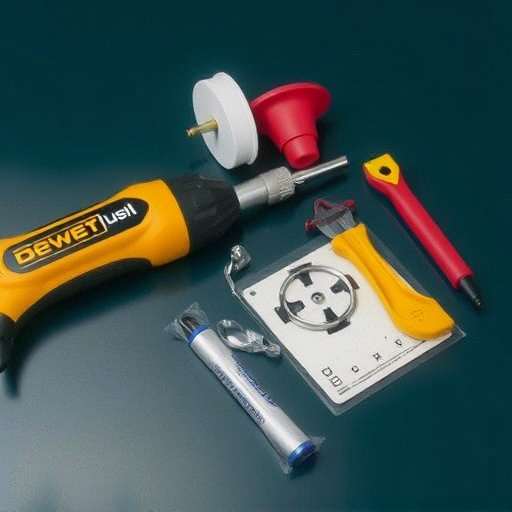
After a collision, if your car is producing rattling sounds from the exhaust system, it’s crucial to identify the source promptly for effective exhaust system collision repair. The first step is to conduct a thorough inspection. Start by checking for any loose or damaged components within the exhaust system, such as hangers, pipes, and mufflers. These parts often become dislodged during an impact, leading to rattling noises. A visual inspection can help pinpoint visible damage, but it’s essential to also listen carefully to the noise’s pitch, rhythm, and intensity for more accurate diagnosis.
If the rattling persists, consider more intricate autobody repairs. Some issues might not be immediately apparent, especially if the crash caused internal damage or dislocation of exhaust components. Skilled technicians can use diagnostic tools to further assess the situation, ensuring that every aspect of the car repair services is addressed for safe and reliable operation post-crash.
Steps for Effective Exhaust System Collision Repair
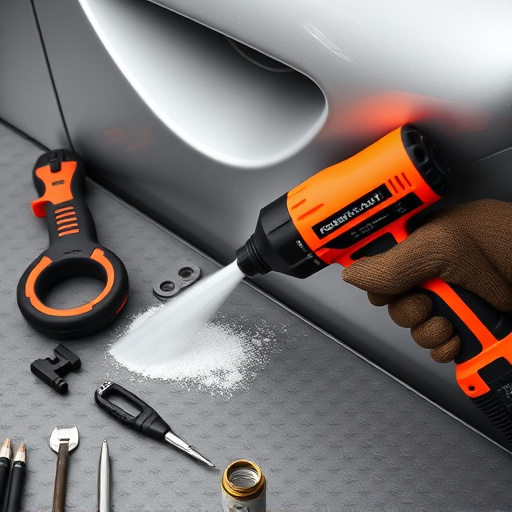
After a collision, if your exhaust system is making rattling sounds, it’s crucial to address this issue promptly for both safety and vehicle performance reasons. Here’s how to achieve effective exhaust system collision repair:
1. Assess the Damage: Begin by inspecting the entire exhaust system visually. Look for any visible cracks, bends, or disconnections. This step is key as it helps identify the source of the rattling noise and determines the extent of the repair needed.
2. Replace Damaged Components: If you find damaged parts, such as pipes, hangers, or mounts, they must be replaced immediately. Even a small crack can lead to significant issues if left unrepaired. Utilise auto repair services that specialise in collision repair services and have experience with vehicle body repair to ensure precise replacement and proper reinstallation.
3. Realign and Reinforce: After replacing damaged components, realign the exhaust system to ensure it’s properly secured. Sometimes, a collision can cause misalignment leading to rattling noises. Use high-quality hardware for reinforcement where necessary.
4. Test Drive and Fine-Tune: Once the repairs are complete, take the vehicle for a test drive to verify that the exhaust system operates smoothly. If any noise persists, further adjustments may be required.
After a crash, noticing rattling sounds from your exhaust system can be concerning. By understanding these symptoms and diagnosing the source, you’re taking crucial steps toward effective exhaust system collision repair. Following the outlined process ensures not only the restoration of your vehicle’s performance but also enhances safety on the road. Remember, prompt action is key to minimizing potential damage and getting back to smooth driving.

